 Some original and rare Mitchell mirrors are still surviving today and can be found in some pubs in and around Belfast today
Some original and rare Mitchell mirrors are still surviving today and can be found in some pubs in and around Belfast today
 Some other examples of Mitchell Mirrors which were mass produced for advertising their products
Some other examples of Mitchell Mirrors which were mass produced for advertising their products

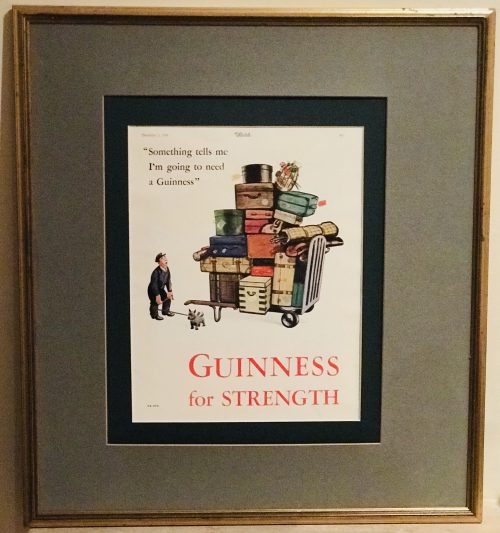



Rare and beautiful original printed advert of the County Donegal Railway and the Londonderry & Lough Swilly Railway.(not to be confused with ubiquitous reproductions available on ebay etc). And magnificently presented in an offset frame which further enhances this fine piece.With a total of 225 miles of track, the railway formed the largest narrow gauge rail system in north-west Europe until it sadly closed in 1959.Can you even begin to imagine the tourism benefits if this incredible railway network was still fully operational today ??
A small section of the network was originally broad gauge, but soon narrow gauge became the working norm across the county. The Donegal railways also ran to Derry city, which at one stage, had four railway stations. One in the docks area linked Derry with Letterkenny, Buncrana and the Inishowen peninsula, while the Victoria Road station on the east bank of the Foyle provided a connection to Killybegs.
But consolidation came quickly to the network. In 1906, the County Donegal Railway Joint Committee was set up, with help from the Great Northern Railway (Ireland) and the Midland Railway in England. In the north of the county, services were run by the Londonderry and Lough Swilly Railway company, usually called simply “The Swilly” .
The railways were useful in helping Donegal people reach emigrant ships, sailing from Derry and elsewhere. They also played a vital and integral role in the everyday commerce of the county, and during the second World War, they were well-used by the people of the twin towns, Ballybofey and Stranorlar, and many others in the county, travelling in their vital quest to win turf.
They were also widely used for excursions, such as those by pilgrims to the Holy Well at Doon, near Letterkenny, as well as by Orangemen going to Rossnowlagh for the Twelfth, and the Ancient Order of Hibernians on August 15th.
The Donegal railways were also very innovative; diesel railcars were introduced around 80 years ago and proved economical and reliable. They helped the railways keep going for far longer than if they had been steam-worked. Thrift was everything, and in many cases carriages were kept in service for decades.
The railways also induced a sense of friendly competition, like the race between a diesel railcar and a motor car, driven by Maj Henry White of Lough Eske Castle, along the Barnesmore Gap.
One lethal crash happened in January 1925, when a train on the Letterkenny to Burtonport line was blown off the viaduct at Owencarrow. Four people were killed. In 1949, a railcar driver and two passengers were killed when two trains collided head-on near Donegal town.
But as happened everywhere else with the railways, motor cars and lorries provided unbeatable competition. The station at Carndonagh shut in 1935 after a mere 34 years in service. The line to Burtonport clung on, as far as Gweedore, until 1947, while the lines to Buncrana and Letterkenny closed down in 1953. By 1960, the last of the Donegal system had been obliterated. The Swilly company, which became bus-only for passengers, managed to last until two years ago.
Such was the attachment to the Donegal railways that after the line from Donegal town to Ballyshannon closed down in 1959, two of the railway workers continued to operate a freight service between the two towns for a month before the bosses in Dublin realised what was happening.
With so many railway memories still so vivid in Co Donegal, it’s hardly surprising that the county has two excellent heritage sites. The old station in Donegal town has been converted into the Donegal Railway Heritage Centre, packed with artefacts of all kinds, and even an old railway carriage that can be hired out for functions.
At Fintown, you can take a trip in an old railcar along five kilometres of track, the last remaining segment of the Co Donegal railways, on the old Stranorlar to Glenties line. It opened in 1995 and now there are plans to restore the old station. Its lakeside setting is so spectacular that the late Brian Friel said that it was as scenic a stretch of railway as anything to be found in Switzerland or Minnesota.Derry had the Foyle Valley railway museum dedicated to the Co Donegal railways, including old locos and carriages and a working track, but sadly, it has been long closed.










Beautiful modern Murphys Red Irish Beer Mirror.This particular variant from the classic Murphy's Stout was developed in recent years.It is a sunset red ale with "characteristically smooth with hints of caramel malt sweetness beautifully balanced with a distinct yet subtle hoppy bitterness"......
80cm x 56cm Midleton Co Cork



















Murphy’s reaches Americans shores for the first time winning back many drinkers lost to emigration and a whole new generation of stout drinkers.























Murphy’s reaches Americans shores for the first time winning back many drinkers lost to emigration and a whole new generation of stout drinkers.





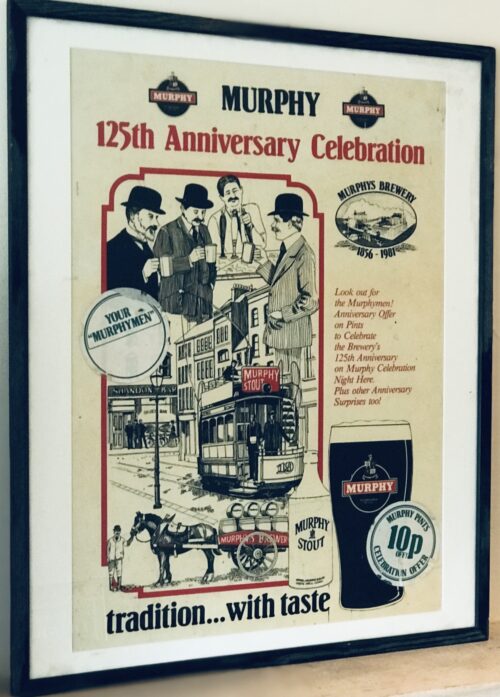
Brilliant Murphy's 125th Anniversary Celebration Framed Poster(1856-1981) with stickers of the day attached to the poster such as "Murphy Pints 10p off Celebration Offer",bearing in mind the price of a pint was 60p.Great souvenir or showcase item for any pub or home bar with a Cork theme.
70cm x 60cm Blackpool Co Cork



















Murphy’s reaches Americans shores for the first time winning back many drinkers lost to emigration and a whole new generation of stout drinkers.








Mick The Miller,as featured in this iconic advert, was the most famous greyhound of all time. He was born in 1926 in the village of Killeigh, County Offaly, Ireland at Millbrook House(only 5 miles from Tullamore), the home of parish curate, Fr Martin Brophy. When he was born Mick was the runt of the litter but Michael Greene, who worked for Fr Brophy, singled the little pup out as a future champion and insisted that he be allowed to rear him. With constant attention and regular exercise Mick The Miller developed into a racing machine. His first forays were on local coursing fields where he had some success but he showed his real talent on the track where he won 15 of his first 20 races.
.jpg)
In 1929 Fr Brophy decided to try Mick in English Greyhound Derby at White City, London. On his first trial-run, Mick equalled the track record. Then, in his first heat, he broke the world record, becoming the first greyhound ever to run 525 yards in under 30 seconds. Fr Brophy was inundated with offers and sold him to Albert Williams. Mick went on to win the 1929 Derby. Within a year he had changed hands again to Arundel H Kempton and won the Derby for a second time.
Over the course of his English career he won 36 of his 48 races, including the Derby (twice), the St Leger, the Cesarewitch, and the Welsh Derby. He set six new world records and two new track records. He was the first greyhound to win 19 races in a row. Several of his records went unbroken for over 40 years. He won, in total, almost £10,000 in prizemoney. But he also became the poster-dog for greyhound racing. He was a celebrity on a par with any sports person, muscisian or moviestar. The more famous he became, the more he attracted people to greyhound racing. Thousands thronged to watch him, providing a huge boost to the sport. It is said that he actually saved the sport of greyhound racing.


 The Still House at John’s Lane Distillery, as it looked when Alfred Barnard visited in the 1800s.
The Still House at John’s Lane Distillery, as it looked when Alfred Barnard visited in the 1800s.
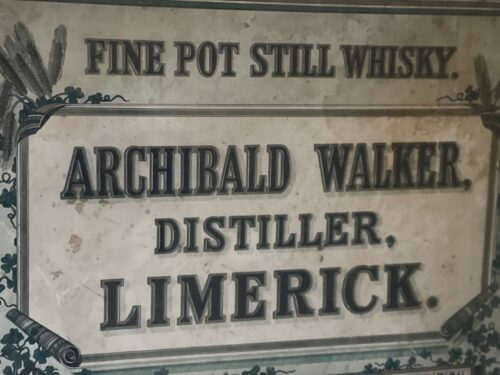
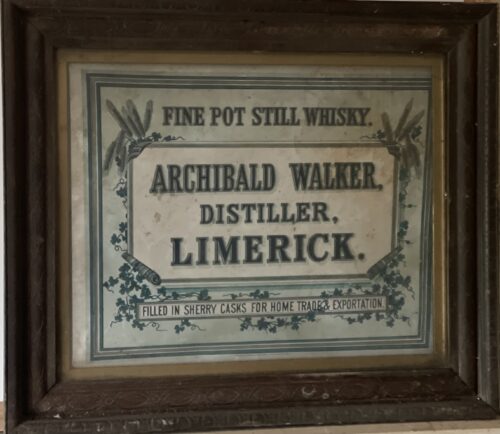
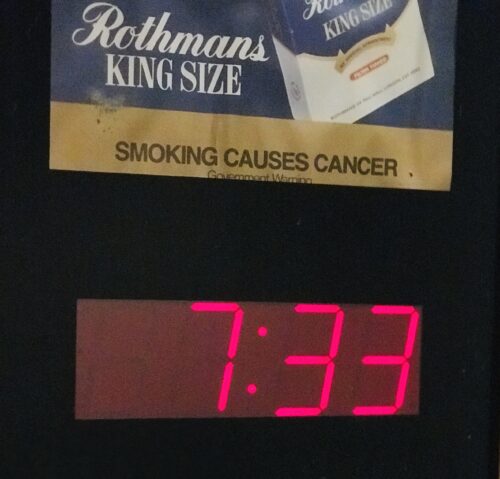
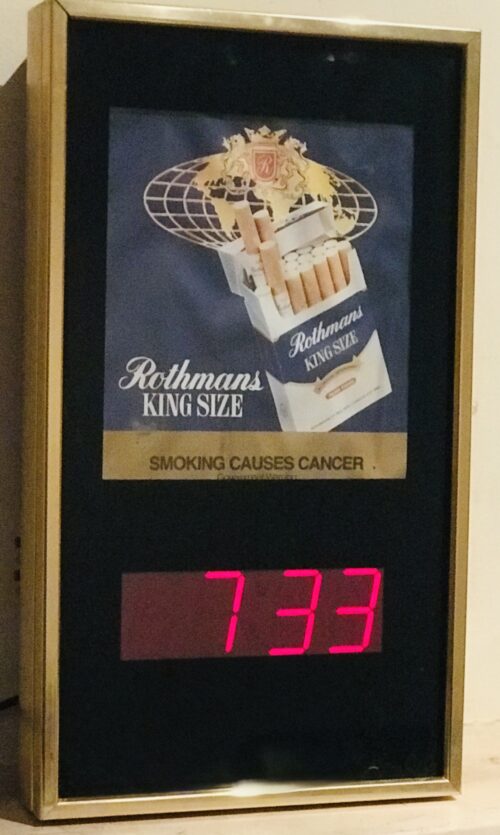
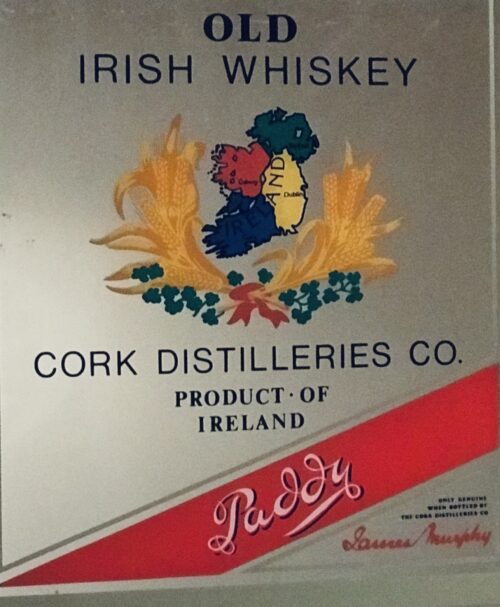
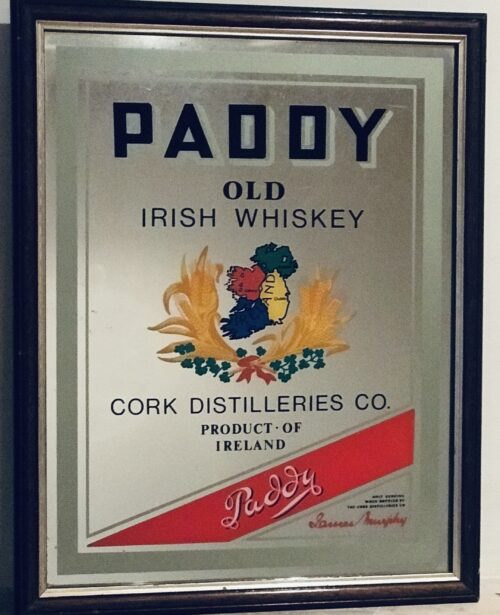
 |
|
 |
|
| Introduced | 1879, renamed as Paddy in 1912 |
|---|---|
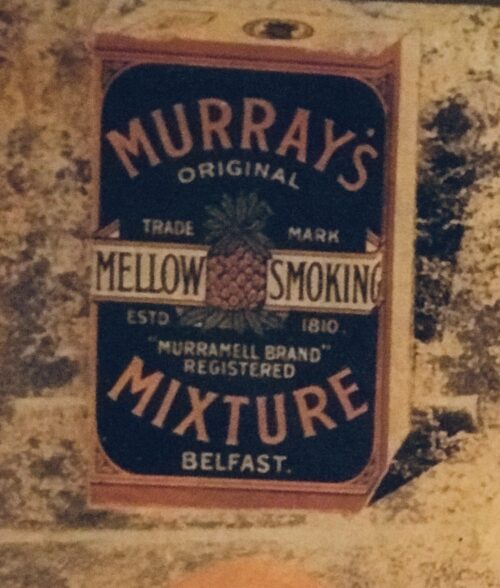
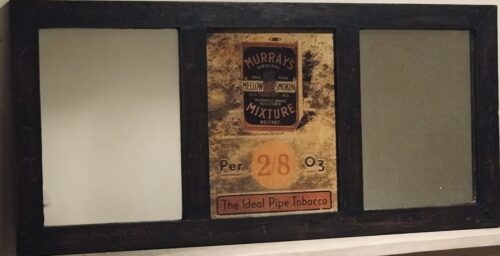
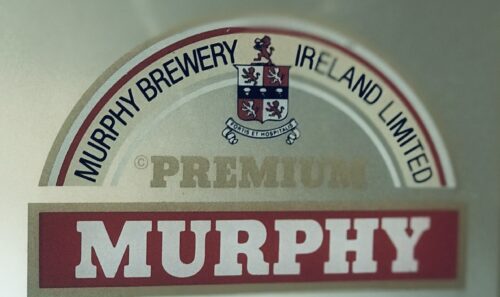
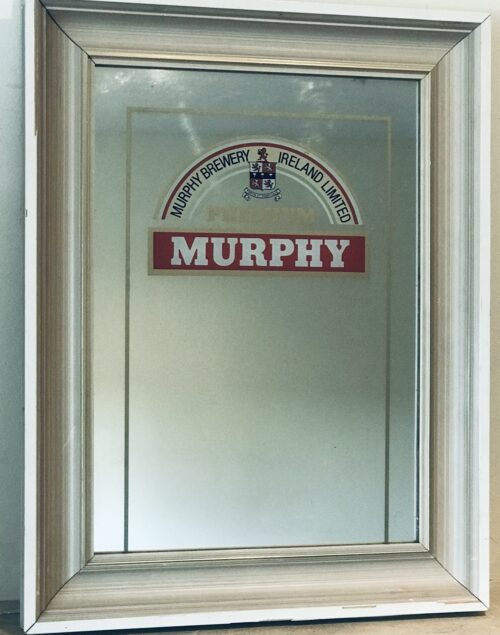



















Murphy’s reaches Americans shores for the first time winning back many drinkers lost to emigration and a whole new generation of stout drinkers.




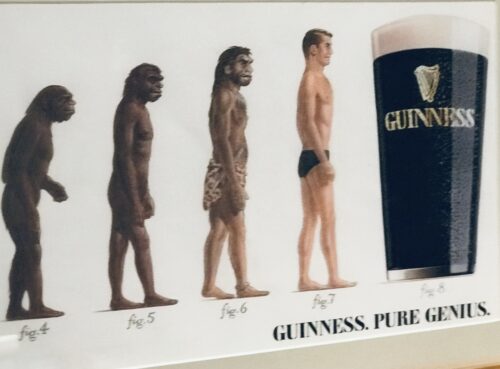
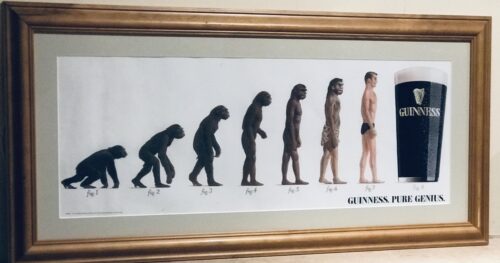


(From the Irish Times 2003 )As our best-known ice- cream factory prepares to close, Kieran Fagan tells its story - and that of one of its staff, who provided a celebrated comedy moment of the 1950s
Horses once grazed in the field where the HB ice-cream factory stands, opposite Nutgrove Shopping Centre, in Dublin. But these were working horses. For a living they pulled milk drays, leaving Hughes Brothers dairy early in the morning, knowing where to stop on their routes in south Co Dublin. The roundsmen raced from house to house, arms laden with milk bottles, while the horses ambled steadily forwards. When they were replaced by electric vans, deliveries slowed down, as the vans could not keep up as the horses had done. Nor did they know which houses to stop at.
When Paul Mulhern started work at HB, as a holiday job in 1959, 40 horse-drawn drays still delivered milk in the Dublin area. His first real job was selling ice cream to shops. Not that it was a year-round business: some winters the refrigerated containers were lifted clean off the lorries, so the vehicles could be hired out for coal deliveries.
The ice-cream business had begun as an adjunct to the dairy, in 1926. Later the operations were split. HB Ice Cream eventually became part of Unilever - the multinational group whose brands include Persil washing powder, Birds Eye frozen food and CK One perfume - growing to hold 80 per cent of the domestic ice-cream market.
In the yard of the factory now closing down, Paul Mulhern shows me an outhouse that clearly started life as a stable. It reminds him of the time in the early 1950s, eight years before he joined HB, when he was on a panel of schoolchildren on Radio Éireann's most popular programme. The School Around The Corner had come to nearby Milltown, where Paul was a pupil at the local national school. The presenter Paddy Crosbie interviewed the children, who had to sing a song, give a recitation or tell a funny story, usually of the my-granny-fell-down-the-stairs-and-we-all-laughed variety.
When Paul's turn came he started to tell a tale his father had told him on the way to the programme. "I didn't really understand it, but he said it would be OK. I think he'd had a pint or two." The story was hardly funny. The nine-year-old told how he had seen a horse bolt and fall into a hole in the road, where it had to be destroyed. Crosbie's attention was momentarily distracted by some offstage crisis. "Where they did shoot the horse?" he asked. "In the hole, sir," Paul piped up helpfully. The nation erupted. Nothing quite like it had ever been heard on Radio Éireann. "I remember my mother blushing over it," says Mulhern. "She' s still embarrassed half a century later."
HB stands for Hughes Brothers and for Hazelbrook, the name of the farmhouse that William Hughes and his wife, Margaret, built in 1896. (It has since been reconstructed in Bunratty folk park, in Co Clare.) A stream called the Hazelbrook runs through the school grounds opposite the dairy. People locally still call it the dairy, although the liquid-milk business is long gone. But it was more than just a dairy or an ice-cream factory. It was a local industry, providing jobs for up to 800 staff, mostly locals from Rathfarnham, Dundrum and Churchtown.
"When I joined, if we needed something we did it ourselves. We built our own horse-drawn drays, the bodies for the electric vans which replaced the horses, and we serviced our own vehicles," says Mulhern. He points to what remains of a motor body building workshop on the old dairy site. "And we were very early into the telesales business. In the 1960s we took orders by phone - sometimes up to 40 a day - for ice-cream cakes for birthdays and sometimes for weddings, and we delivered them."
Most travellers have noticed that familiar brands such as Cornetto and Magnum are sold in the UK as Wall's, in France as Miko and in Greece as Algida. They are international Unilever brands. But there are HB brands that are ours alone: the Golly Bar, who lost his cheeky black face to the politically correct winds of change, the Brunch and, of course, the pint brick (all of which will continue to be made here, in a venture with Lakeland Dairies).
The brick, the block of ice cream, was the mainstay of Sunday dinner - we didn't mess about with lunch then - served with a tin of fruit cocktail in good times. "Bring home a brick after Mass," the advertising slogan said, and we did. We remain faithful to the block of HB after the rest of the world has moved on.
Mulhern, who rose through the ranks to become a regional sales manager for Unilever Bestfoods Ireland, had another life outside HB. He ran for the Labour Party in two local elections and one general election, in 1979. All he will say about that is: "I didn't lose my deposit the last time."
He was more successful managing other people's campaigns. He was one of Mary Robinson's directors of elections when she won the presidency in 1990, and he is proud of that. Proud too of getting his man, Mervyn Taylor, elected in Dublin South-West in 1981 and every election thereafter until his retirement, of getting two Labour seats in 1992, and of Taylor's role in the Cabinet as a reforming minister for equality and law reform. And the subsequent success of the divorce referendum.
Taylor recalls one long and gruelling but ultimately successful count. "A group of us [Labour party workers\] sought refuge in a pub near the RDS count centre. Outside, in the hot June sunshine, I expressed a mournful longing for a Feast" - an HB ice cream - "to which I was, and still am, partial. Miraculously, at that moment, a huge HB van drove by. Paul raised his hand commandingly; the driver opened the refrigerated door and presented us with a box of Feasts. Never had ice cream tasted so good . . . . In that same election, Paul proved as adept at garnering votes as garnering ice cream."
Mulhern's retirement from the day job coincides with the plant's closure at the end of August. "There are hundreds of other lives intertwined with the life and death of HB in Rathfarnham, families raised, like mine, sometimes two and three generations from the same family who worked for the dairy," he says. "I'm proud of being part of it. Other industries will come along, other skills will develop and prosper, and in time be replaced. Few will be so closely rooted in the produce of the land and the ingenuity of its workers and be so missed."
The end of an era Frozen out by market forces
Even though HB is Ireland's leading ice-cream brand, the company says it no longer makes sense to produce ice cream at its Rathfarnham plant. Ice-cream consumption generally is falling, as consumer tastes move towards eating fewer but more expensive ice-cream products.
In one sense the HB plant is both too big and too small. It is too big for the "local products" - blocks of HB ice cream, Golly Bars, Brunches and other brands made just for Ireland - and too small to produce economically international lines such as Magnum and Cornetto for export.
It was not always so. Between 1924, when ice-cream production began, and 1964, when the founding Hughes family sold the company to W. R. Grace & Co, a US multinational, it was protected by tariffs.
In 1968, the two major dairies in Dublin, Hughes Brothers and Premier, did a historic swap. Premier took over Hughes Brothers' milk business and HB got Premier's ice-cream trade, ending up with 80 per cent of the local market. A virtually new factory, on the old Rathfarnham site, became one of Europe's most efficient ice-cream plants, with capacity far in excess of local demand. The answer was exports, particularly to Britain.
The Dutch-English Unilever, which needed to protect its position in the UK ice-cream market, bought HB in 1973. Unilever had good reason to fear Grace on its doorstep.
HB, with a brand new Irish plant, could cause it difficulties in the European market.
Tariff barriers were melting. In 1973 Ireland and Britain joined the EEC, now the EU, and HB had new opportunities on its doorstep. The agriculture subsidies for milk would keep costs down.
The HB ice-cream plant has been winding down since late last year, and the last of its 175 workers will leave next month. The local favourites will be manufactured under licence by Lakeland Dairies, the Co Cavan-based co-op, and the full range of HB products will continue to be marketed throughout Ireland.
Announcing the closure, Paul Murphy, managing director of Unilever Bestfoods Ireland, said: "The unfortunate reality is that it is no longer possible for an ice-cream manufacturing plant such as ours to compete successfully with larger-scale and more specialist Unilever plants located elsewhere on the continent."
Thus ends almost 80 years of ice-cream making in south Co Dublin.


An Address from the People of Kilbeggan to John Locke, Esq. Dear Sir - Permit us, your fellow townsmen, to assure of our deep and cordial sympathy in your loss and disappointment from the accident which occurred recently in your Distillery. Sincerely as we regret the accident, happily unattended with loss of life, we cannot but rejoice at the long-wished-for opportunity it affords us of testifying to you the high appreciation in which we hold you for your public and private worth. We are well aware that the restrictions imposed by recent legislation on that particular branch of Irish industry, with which you have been so long identified, have been attended with disastrous results to the trade, as is manifest in the long list of Distilleries now almost in ruins, and which were a few years ago centres of busy industry, affording remunerative employment to thousands of hands; and we are convinced the Kilbeggan Distillery would have long since swelled the dismal catalogue had it fallen into less energetic and enterprising hands. In such an event we would be compelled to witness the disheartening scene of a large number of our working population without employment during that period of the year when employment Is scarcest, and at the same time most essential to the poor. Independent then of what we owe you, on purely personal grounds, we feel we owe you a deep debt of gratitude for maintaining in our midst a manufacture which affords such extensive employment to our poor, and exercises so favourable an influence on the prosperity of the town. In conclusion, dear Sir, we beg your acceptance of a new steam boiler to replace the injured one, as testimony, inadequate though it is, of our unfeigned respect and esteems for you ; and we beg to present it with the ardent wish and earnest hope that, for many long years to come, it may contribute to enhance still more the deservedly high and increasing reputation of the Kilbeggan Distillery.In a public response to mark the gift, also published in several newspapers, Locke thanked the people of Kilbeggan for their generosity, stating "...I feel this to be the proudest day of my life...". A plaque commemorating the event hangs in the distillery's restaurant today. In 1878, a fire broke out in the "can dip" (sampling) room of the distillery, and spread rapidly. Although, the fire was extinguished within an hour, it destroying a considerable portion of the front of the distillery and caused £400 worth of damage. Hundreds of gallons of new whiskey were also consumed in the blaze - however, the distillery is said to have been saved from further physical and financial ruin through the quick reaction of townsfolk who broke down the doors of the warehouses, and helped roll thousands of casks of ageing spirit down the street to safety. In 1887, the distillery was visited by Alfred Barnard, a British writer, as research for his book, "the Whiskey Distilleries of the United Kingdom". By then, the much enlarged distillery was being managed by John's sons, John Edward and James Harvey, who told Barnard that the distillery's output had more than doubled during the preceding ten years, and that they intended to install electric lighting.Barnard noted that the distillery, which he referred to as the "Brusna Distillery", named for the nearby river, was said to be the oldest in Ireland. According to Barnard, the distillery covered 5 acres, and employed a staff of about 70 men, with the aged and sick pensioned-off or assisted. At the time of his visit, the distillery was producing 157,200 proof gallons per annum, though it had the capacity to produce 200,000. The whiskey, which was sold primarily in Dublin, England, and "the Colonies", was "old pot still", produced using four pot stills (two wash stills: 10,320 / 8,436 gallons; and two spirit stills: 6,170 / 6,080 gallons), which had been installed by Millar and Company, Dublin. Barnard remarked that at the time of his visit over 2,000 casks of spirit were ageing in the distillery's bonded warehouses. In 1893, the distillery ceased to be privately held, and was converted a limited stock company, trading as John Locke & Co., Ltd., with nominal capital of £40,000.

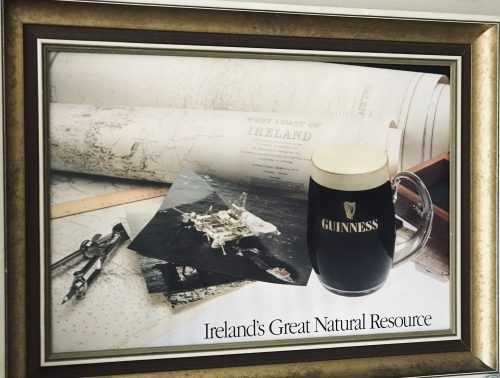






 The young John Brannick soon demonstrated a natural flair for the craft of whiskey-making. These early years, working within the hallowed halls of the John’s Lane Distillery, laid the foundations for his later exploits within the industry. It wasn’t long before the other great distilleries took note of his growing reputation and in 1852 George Roe & Sons enticed Brannick to join the House of George Roe & Co with the promise that he would some day become a Master Distiller.After nearly 20 years of perfecting his craft with the House of Roe, Brannick had reached the illustrious position of Master Distiller. His reputation amongst the great distilleries of Dublin was now firmly established, but his ambitions didn’t end there. Brannick had long harboured a burning desire to build the finest distillery in the world, and in 1870, having secured the necessary backing, he resigned his position and struck out on his own, establishing the Dublin Whiskey Distillery Company Limited. DWD.For the next two years Brannick worked on a revolutionary design for his distillery. A site was chosen, less than a mile north of Dublin’s city centre, on the banks of the River Tolka, and construction started on 22 July 1872 Exactly one year later, distillation began with the preparation of the first ever DWD wash. Meanwhile, with work on the great distillery underway, Brannick finally fulfilled another long-standing promise and married his sweetheart Mary Hayes on 26 January 1873.
The young John Brannick soon demonstrated a natural flair for the craft of whiskey-making. These early years, working within the hallowed halls of the John’s Lane Distillery, laid the foundations for his later exploits within the industry. It wasn’t long before the other great distilleries took note of his growing reputation and in 1852 George Roe & Sons enticed Brannick to join the House of George Roe & Co with the promise that he would some day become a Master Distiller.After nearly 20 years of perfecting his craft with the House of Roe, Brannick had reached the illustrious position of Master Distiller. His reputation amongst the great distilleries of Dublin was now firmly established, but his ambitions didn’t end there. Brannick had long harboured a burning desire to build the finest distillery in the world, and in 1870, having secured the necessary backing, he resigned his position and struck out on his own, establishing the Dublin Whiskey Distillery Company Limited. DWD.For the next two years Brannick worked on a revolutionary design for his distillery. A site was chosen, less than a mile north of Dublin’s city centre, on the banks of the River Tolka, and construction started on 22 July 1872 Exactly one year later, distillation began with the preparation of the first ever DWD wash. Meanwhile, with work on the great distillery underway, Brannick finally fulfilled another long-standing promise and married his sweetheart Mary Hayes on 26 January 1873.



“The extraordinary story of the ‘Finest Whiskey in the World’, a tale of one man’s vision, gloriously realised, only to be crushed by history and destroyed in a very Irish betrayal.” Tomas – DWD Brand Ambassador

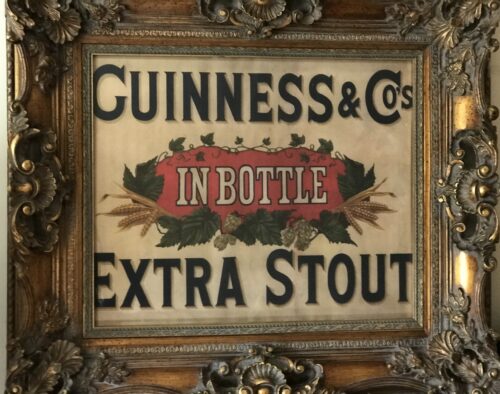



| Player | Team | Appearances | |
|---|---|---|---|
| GK | Tipperary | 1 | |
| RCB | Cork | 1 | |
| FB | Cork | 3 | |
| LCB | Tipperary | 3 | |
| RWB | Cork | 1 | |
| CB | Kilkenny | 2 | |
| LWB | Galway | 3 | |
| MD | Galway | 2 | |
| MD | Kilkenny | 1 | |
| RWF | Clare | 1 | |
| CF | Galway | 2 | |
| LWF | Kilkenny | 4 | |
| RCF | Kilkenny | 3 | |
| FF | Limerick | 4 | |
| LCF | Wexford | 1 |


 |
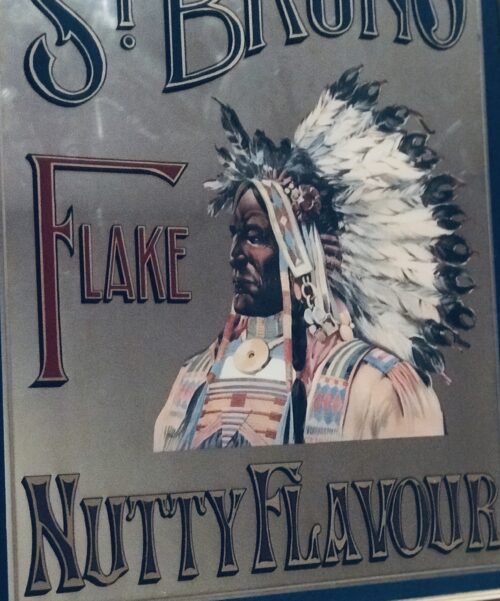
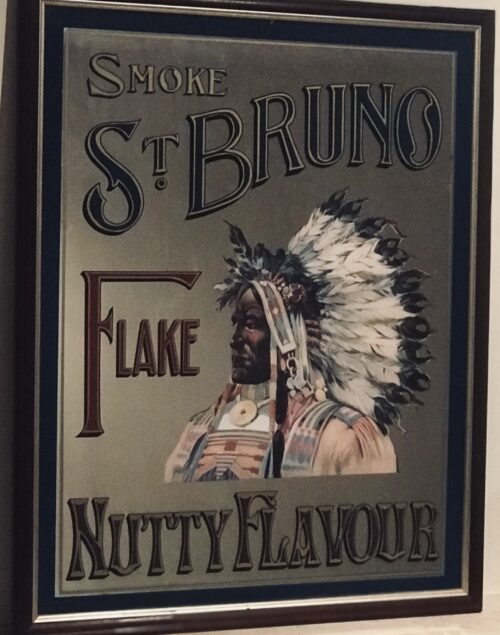


 Some original and rare Mitchell mirrors are still surviving today and can be found in some pubs in and around Belfast today
Some original and rare Mitchell mirrors are still surviving today and can be found in some pubs in and around Belfast today
 Some other examples of Mitchell Mirrors which were mass produced for advertising their products
Some other examples of Mitchell Mirrors which were mass produced for advertising their products